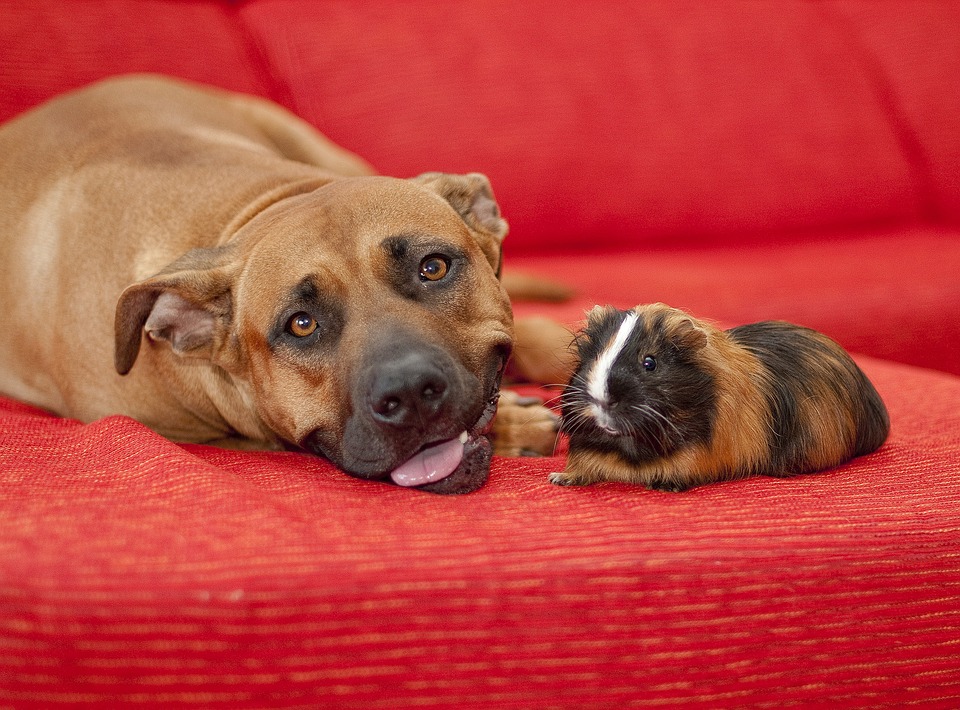Separation anxiety is a common issue that many dog owners face. It can cause distress not only for the dog but also for the owner who may come home to find their belongings destroyed or receive complaints from neighbors about excessive barking. Understanding the causes of separation anxiety and implementing effective strategies can help your dog overcome this fear and lead to a happier, more peaceful home environment.
Separation anxiety can affect dogs of all ages, breeds, and backgrounds. It occurs when a dog becomes anxious or distressed when left alone or separated from their owner. Some common signs of separation anxiety include destructive behavior such as chewing furniture or scratching doors, excessive barking or howling, pacing or restlessness, house soiling even in housetrained dogs, and attempts to escape or causing self-injury.
There are several potential causes of separation anxiety in dogs. Dogs that have experienced abandonment, neglect, or traumatic events in their past may be more prone to separation anxiety. Lack of proper socialization, where dogs have not been exposed to different environments, people, or other animals during their critical socialization period, can also contribute to separation anxiety. Additionally, sudden changes in routine or environment, such as a new home or a change in the owner’s work schedule, can trigger separation anxiety. Dogs that have an overly dependent or clingy relationship with their owners may also struggle with being left alone.
Fortunately, there are strategies that can help your dog overcome separation anxiety. Gradual desensitization is a key approach, where you start by leaving your dog alone for short periods and gradually increase the duration over time. This helps them learn that being alone is not a cause for concern. Creating a safe and comfortable space for your dog is also important. Provide them with a designated area where they feel secure and include their favorite toys, a cozy bed, and interactive puzzles to keep them occupied.
Establishing a departure routine can also help your dog feel more secure. Develop a consistent routine when leaving the house, such as giving them a special treat or toy before leaving. Counter-conditioning is another effective technique where you associate positive experiences with your departure cues. For example, give your dog a special treat or engage in a fun game each time you put on your coat or grab your keys.
In some cases, professional help may be necessary. If your dog’s separation anxiety persists or worsens despite your efforts, consulting with a professional dog trainer or a veterinary behaviorist can provide specialized guidance. They may recommend additional training techniques or, in severe cases, medication to help alleviate your dog’s anxiety.
In conclusion, dealing with a dog’s fear of being left alone can be challenging, but with patience, consistency, and the right strategies, it is possible to help your furry companion overcome separation anxiety. By understanding the causes of this condition and implementing positive training techniques, you can create a more relaxed and contented environment for both you and your beloved pet.









